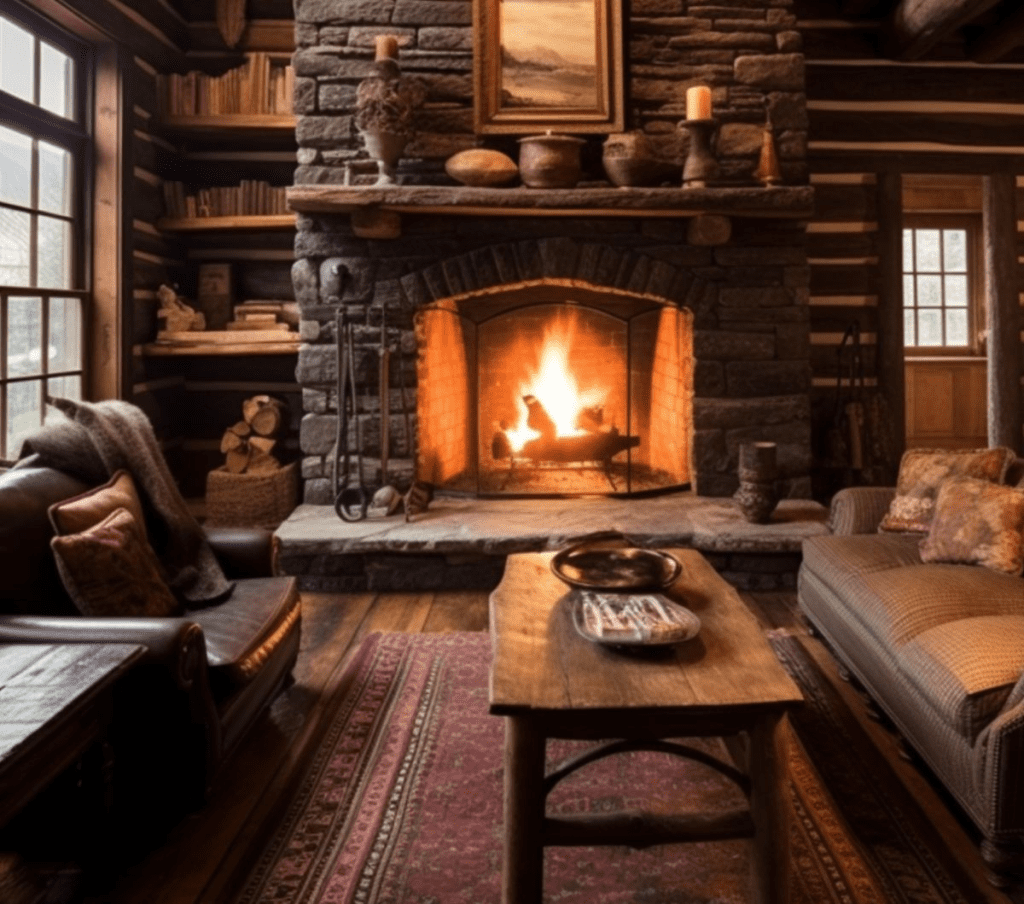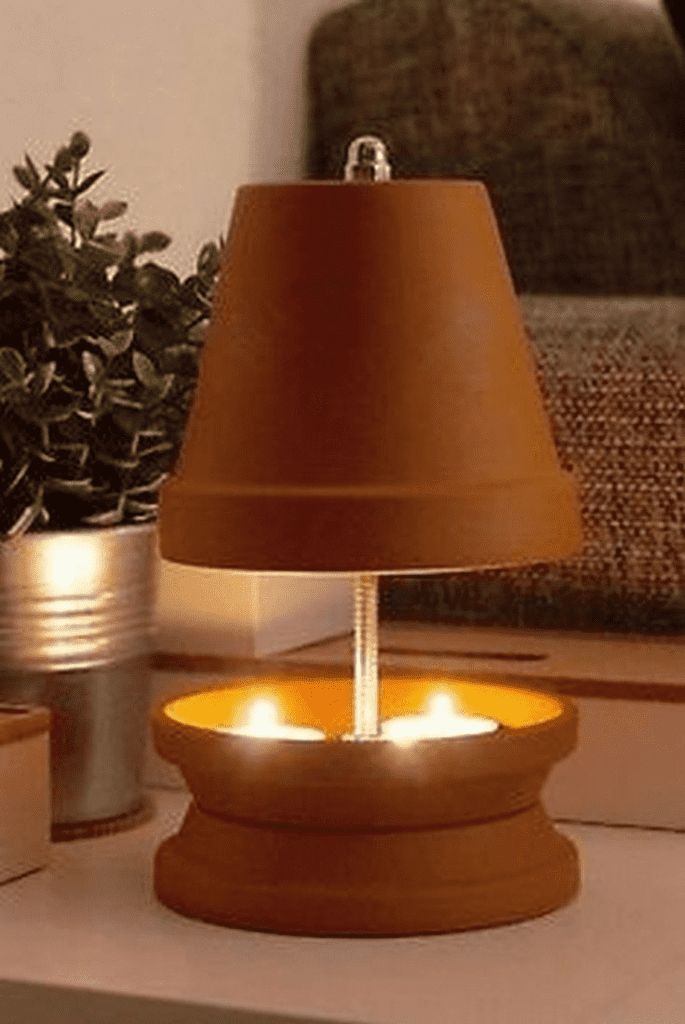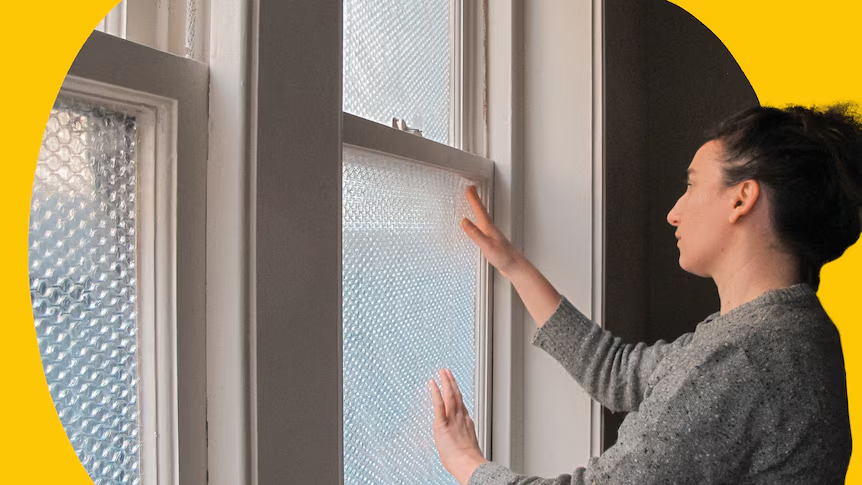As winter sets in, staying warm without depending solely on electricity can be a rewarding challenge. Not only can this approach save on utility bills, but it also serves as a backup plan in case of power outages. Fortunately, several practical and eco-friendly ways exist to heat a room without electricity. In this article, we’ll explore tried-and-true methods, including wood-burning stoves, gas heaters, and some creative DIY ideas to keep your home warm and cozy.
1. Warm Up with a Wood-Burning Stove or Fireplace

One of the oldest and most reliable ways to heat a room without electricity is by using a wood-burning stove or fireplace. If you have access to firewood, these heating options are efficient, natural, and can produce significant heat to warm up your space.
- Advantages: Wood-burning stoves provide long-lasting warmth and add a cozy, rustic ambiance to your room. If maintained properly, they’re also cost-effective and environmentally friendly.
- Maintenance Tips: To ensure safety and optimal efficiency, have your chimney cleaned regularly, remove excess ash, and always keep a fire extinguisher nearby.
Remember, this method is perfect if you enjoy the crackling warmth of firewood, but be sure to stay cautious about ventilation and safety.
2. Propane or Natural Gas Heaters for Instant Warmth
If you need a portable, efficient solution, propane or natural gas heaters are ideal alternatives. These heaters can warm up a room quickly and come in various sizes, suitable for everything from small spaces to large rooms.
- Advantages: Propane heaters are versatile, portable, and can be used in places without electricity. Natural gas heaters can also be installed as a fixed heating solution for ongoing use.
- Safety Tips: Since these heaters consume oxygen and release gases, make sure to ventilate the room properly and follow manufacturer guidelines to avoid risks of carbon monoxide buildup.
These options are convenient, but always prioritize ventilation to prevent hazards while enjoying the warmth.
3. Use Oil-Filled Radiators as a Temporary Heat Source
While oil-filled radiators are technically electric, they offer an innovative advantage during power outages. Once heated, these radiators retain warmth for an extended period, allowing you to unplug them and use the residual heat.
- Advantages: They’re highly energy-efficient, low-maintenance, and keep rooms warm even after being unplugged.
- How It Works: The radiator’s oil heats up, radiating warmth without consuming additional power after unplugging, making it a good backup option.
These radiators are effective for short-term heat retention when you need temporary warmth, particularly during brief power interruptions.
4. Embrace Solar Heaters for Eco-Friendly Heating

For those interested in a sustainable heating solution, solar heaters are an excellent choice. These systems capture solar energy during the day, store it, and release heat into the room when the sun goes down.
- Advantages: Solar heaters reduce dependency on the power grid, saving on electricity and lowering your carbon footprint.
- Investment Consideration: Although the initial cost for solar heater installation can be high, it pays off in the long run, especially in areas with ample sunlight.
If you’re serious about sustainable energy, consider integrating a solar heating system. It’s a great way to ensure warmth without relying on traditional electricity.
5. Keep Heat Inside with Thermal Curtains and Draft Stoppers
Generating heat is essential, but preventing heat loss can be just as effective. Thermal curtains and draft stoppers help insulate rooms, keeping warm air in and blocking cold air from creeping in.
- Thermal Curtains: These curtains are made of heavy, insulated fabric that traps heat indoors, making them ideal for windows and sliding doors.
- Draft Stoppers: Place draft stoppers along door bottoms to seal out chilly drafts, an easy and affordable solution.
These low-cost additions are particularly effective in older homes and can make a noticeable difference in room temperature without requiring electricity.
6. Try a DIY Flower Pot Heater with Candles

Looking for a creative, budget-friendly way to generate warmth? A DIY flower pot heater made with tea light candles can provide localized warmth and add a charming glow to the room. Here’s how to create your own:
- Materials Needed: Two clay flower pots (one larger than the other), several tea light candles, and a metal tray or saucer.
- Instructions:
- Place the metal tray on a stable, non-flammable surface.
- Arrange tea light candles on the tray and light them.
- Cover the candles with the smaller clay pot upside down, allowing heat to build inside.
- Position the larger pot over the smaller pot, creating a chimney effect that radiates heat into the room.
While this setup won’t replace traditional heating, it’s an effective, cost-efficient way to warm up small spaces. However, always be cautious with open flames—never leave the candles unattended, and make sure the setup is away from flammable items.
7. Use Hot Water Bottles and Dress in Warm Layers
Sometimes, the simplest solutions are the most effective. Hot water bottles and layering clothing can help you stay warm without relying on room heating.
- Hot Water Bottles: Fill a hot water bottle and place it under blankets or near you to create a cozy, insulated pocket of warmth.
- Dress in Layers: Donning warm clothing, such as thermal socks, sweaters, and hats, is an easy way to keep body heat close.
These small actions can add extra comfort to winter nights, especially when you want to reduce energy consumption.
8. Block Cold Air with Insulation Hacks

In winter, keeping cold air out is crucial for maintaining a warm room. Simple insulation hacks can make a huge difference in your home’s ability to retain heat.
- Window Insulation Film: Applying window insulation film is an easy way to keep drafts from sneaking through windows, acting like an extra layer of glass.
- Rugs and Carpeting: Bare floors can quickly cool down a room. Cover floors with rugs or carpets to add insulation and prevent heat loss.
These hacks require minimal effort and expense, but they can effectively improve indoor warmth by trapping heat and blocking out the cold.
Conclusion: Warming Up Without Electricity is Possible and Practical
Heating a room without electricity is easier than you might think, and these methods not only help cut down on energy costs but also offer practical solutions in the event of a power outage. Whether you choose a traditional wood-burning stove, an efficient propane heater, or try creative DIY approaches like the flower pot heater, you have plenty of options. Embracing insulation methods like thermal curtains and draft stoppers will help retain the warmth you generate, while small actions like using hot water bottles and layering clothing add a personal touch to your comfort.
So, this winter, challenge yourself to reduce your reliance on electricity for heating. With a little ingenuity, you’ll find that keeping warm and cozy can be both budget-friendly and satisfying.


